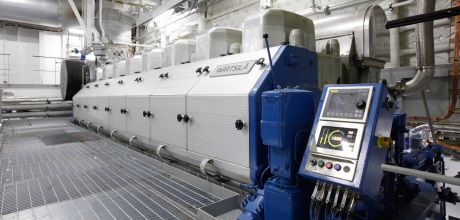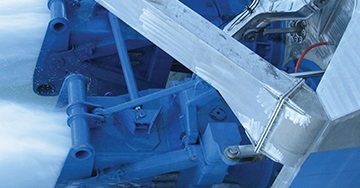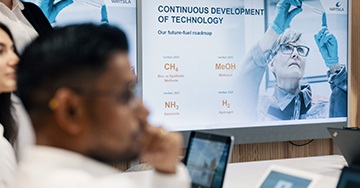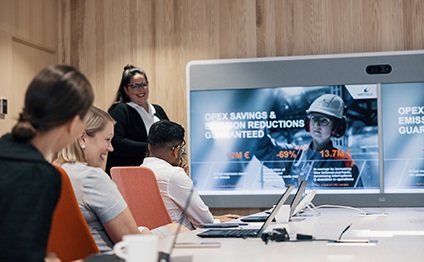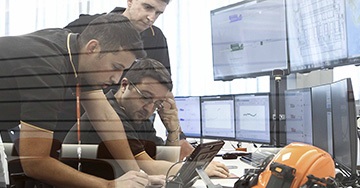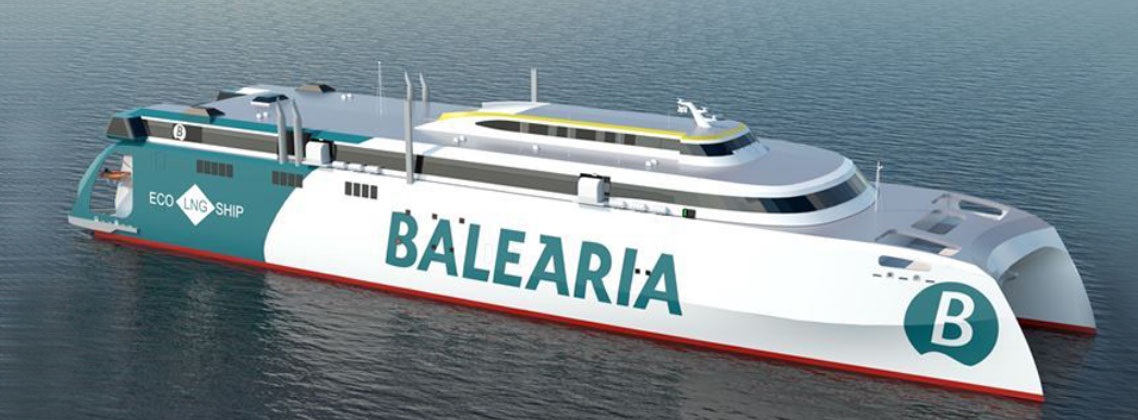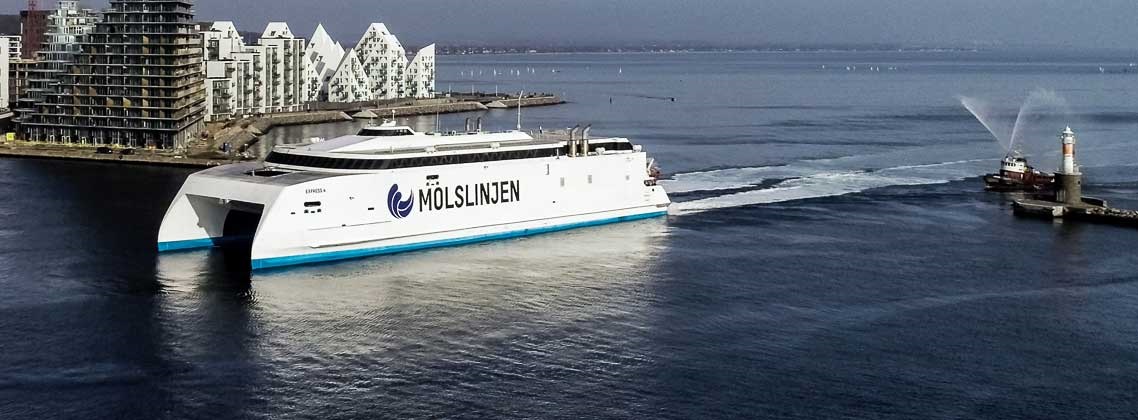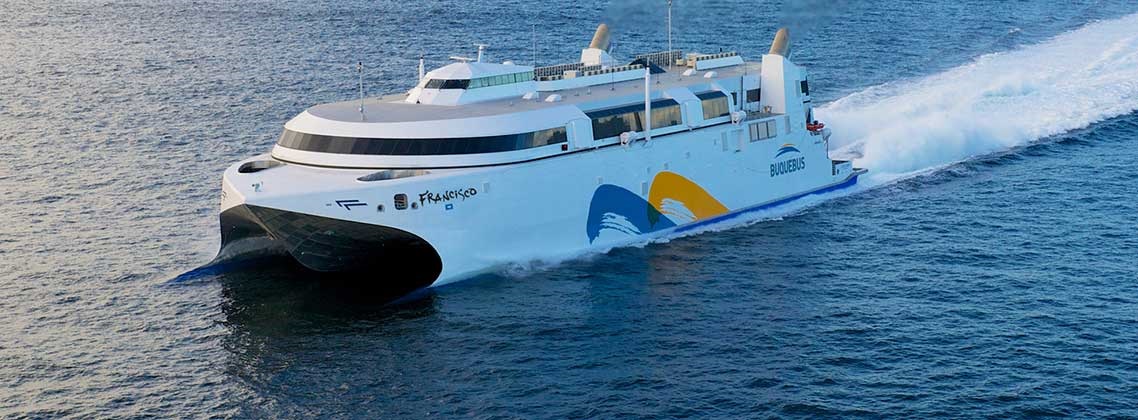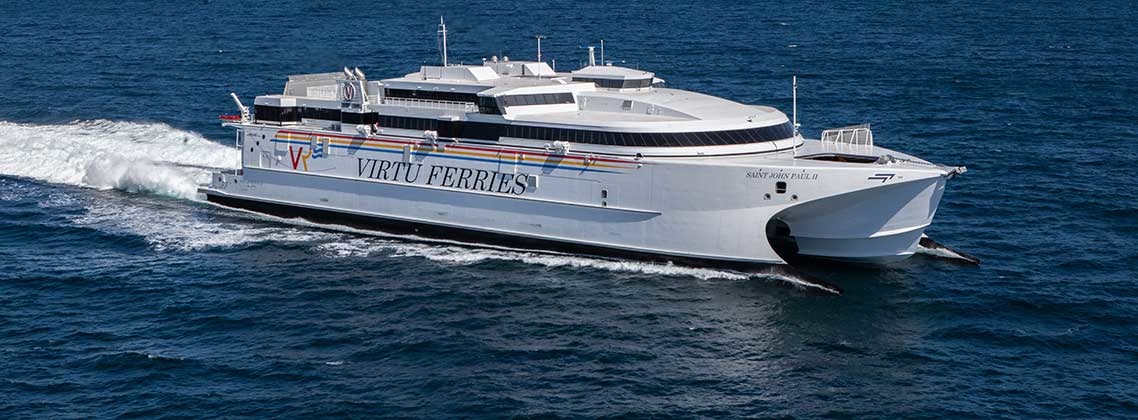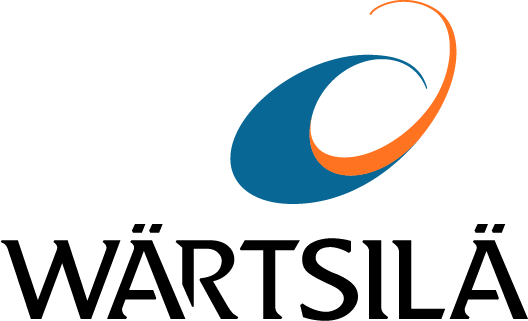

Solutions for high-speed ferries
High-speed ferries have a large power requirement since they are designed to operate at speeds of up to 40 knots. This effectively rules out hybrid or pure electric operation, making dual-fuel engines the only effective route to decarbonisation currently available. High-speed ferries tend to use 4-stroke medium and high-speed engines running on MDO/MGO, but here too LNG is making inroads.
Newbuild solutions
Upgrades and retrofits
Lifecycle services
Wärtsilä Marine. Let's connect.
